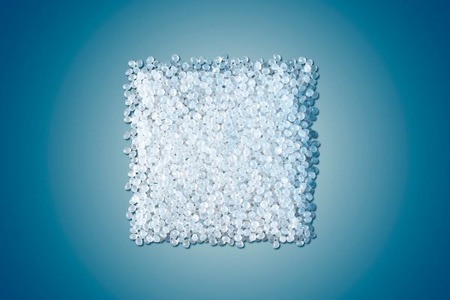
Bluesign publishes environmental impact figures for 2010-20
YarnsandFibers News Bureau 2022-02-24 10:33:12 – SwitzerlandBluesign System Partner textile manufacturers have achieved meaningful collective impact reductions in five key areas of water, energy, CO2e emissions, and chemistry through the implementation of the Bluesign System, with an increase in Bluesign approved chemical usage over a ten-year period, 2010-2020, according to Bluesign's environmental impact figures.
The Bluesign System is accelerating progress toward a more sustainable fashion industry while continuing to ensure that textile products meet very stringent environmental and consumer safety requirements around the world, giving consumers confidence in purchasing sustainable products that have a lower impact on people and the environment, according to the impact analysis.
Daniel Rüfenacht, CEO, Bluesign, said that they assist their customers in better understanding their value chain and make better-informed decisions with validated data from on-site inspections using the Bluesign System. The findings of their impact studies couldn't have arrived at a better time, as voluntary commitments now call for the industry to cut emissions in half by 2030. Commitments of this nature must be based on sound strategy and data and must be made using a systems-thinking approach that considers all parts of the manufacturing process. It's not only about the outputs; it's also about the inputs. Bluesign's Input Stream Management system eliminates dangerous chemicals from the start of production, assuring safe products with less impact on people and the environment.
Bluesign System is an all-encompassing approach to reduce the impact of the textile industry by focusing on resources, people, and the environment. According to Bluesign, the dyeing and finishing stage of textile manufacturing has the greatest influence on climate change and energy use in garment manufacture, with a close second in terms of freshwater consumption.
The System's fundamental function is to develop unique, comprehensive action plans for each of the system's partner manufacturers to implement. The partnership begins with an on-site evaluation, which compares suppliers' processes to the demanding Bluesign criteria and gives a roadmap and step-by-step advice for continual impact reduction improvement. Progress is measured on a regular basis using certified data, and for the first time, the progress of system partner textile manufacturers is reported collectively.
The average for the system partner textile manufacturers for a ten-year period, 2010-2020 include -5 percent energy usage, -12 percent carbon equivalent emissions, -18 percent water consumption, -17 percent chemical consumption, and +76 percent Bluesign Approved chemistry.
Because each stage of manufacturing necessitates certified data and qualified information, the Bluesign System also provides total traceability and transparency to its partners. Bluesign verifies the information and makes it available to the Bluesign network of system partners via the Bluesign Cube, a cloud computing solution. Thousands of Bluesign Approved items are based on over 28,000 chemical product risk assessments paired with company site assessments.
The combined impact reductions realized as a result of the Bluesign system's installation represent a significant achievement for the apparel sector. Bluesign will continue to provide updates.
Market Intelligence
Ask for free sample Report

experience
Customer Base
dedicated team
Countries Served Worldwide









